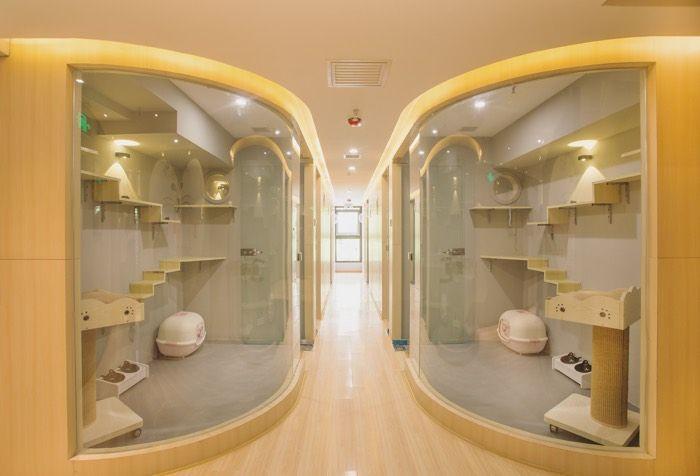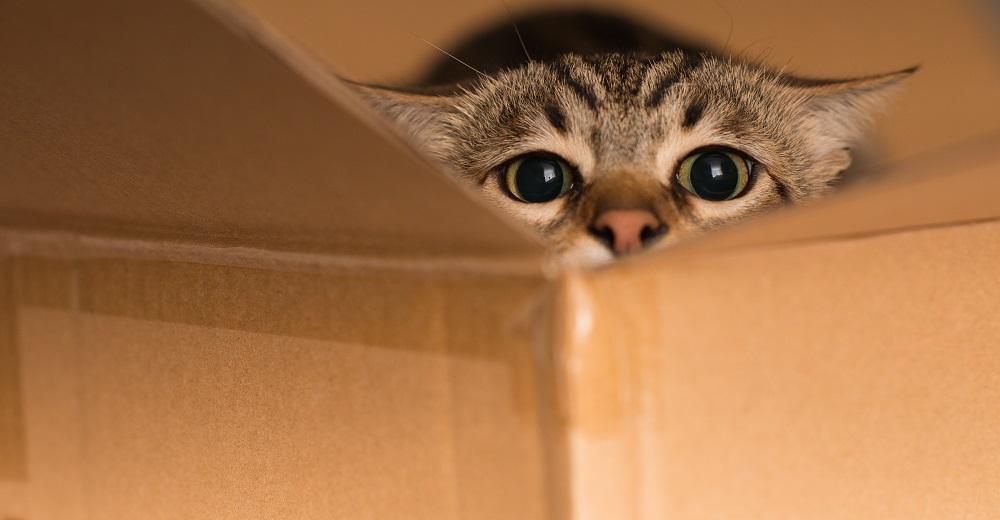Tips for Litter Training Your Cat
Index Of The Blog

Litter training a cat is no easy feat. It takes a level of determination and hard work, as well as a willing cat who is happy to spend some time learning something new. While it can be a long process, it can also be an incredibly rewarding achievement, leading to many advantages for you and your home. If you don’t know how to go about this, keep reading to learn some top tips on what you can do.
Choose a litter
Before you start litter training, you need to choose a type of litter. You have a couple of options:
- Silica gel
The typical way a cat goes to the bathroom is by using its litter tray, but with this comes an unpleasant odor that can fill a room. Nobody wants to have to smell this, and your visitors certainly don’t. Silica gel has been recommended to be a great type of litter to control odor, and pairing this with a good tray cleaning routine can be great when preventing distasteful smells from traveling around your home. It’s important to note that male cats will have a much more disagreeable smell, as well as older cats, so take this into account when deciding which litter to get.
- Pine Pellets
Another example of a type of litter that can keep those bad odors away is wood pellets. These little things are handy and a lot cheaper than silica gel. They work similarly to silica by absorbing the urine and countering odor. Pinewood is the most common for these pellets, and there’s no need to worry about splinters, this type of litter is perfectly safe for your cat.
- To be Scented or Not be Scented
With litter comes mess and often dust, depending on the type you buy. There are a plethora of options out there, ranging from dust-free, mostly dust-free, scented, and unscented. While litter dust isn’t the worst thing in the world, it can be irritating and cause an extra mess. Scented litter speaks for itself; it releases a pleasant smell that hides foul odors. Cats are picky creatures though, so be prepared for them to refuse to use a scented litter that has a particular smell. If they don’t like it, they’ll let you know. This means you may have to go for the unscented option, which means some extra work needs to be done when it comes to odor.
Look Out for Odd Behavior
It’s okay to try out different types of litter for the tray, the likelihood of your cat refusing to go in based on the litter is low, so test the varieties available to see which one works best for you and your cat. If your cat does show signs of avoiding going to the toilet, it’s best to take them to the vet for advice and, if needed, an ultrasound. Scanning services are an efficient way of checking what’s going on. If you want to find out more information on ultrasounds for cats, check out Orting Animal Hospital. It can be scary having to take your pet to a veterinary clinic, but sometimes it has to be done, especially if your cat starts to behave strangely.
Time to Clean Up
So you’ve picked the perfect litter for your cat, what’s the best way to clean the tray? Litter trays should be cleaned and checked over a minimum of once a day. If they’ve excreted,then you may have to up the amount to two or three. Urine can be left in the litter tray for some time before it starts to become unpleasant, but it’s recommended that you remove this portion of the litter by the end of the day. The type of litter you choose depends on what you care about most. Whichever you decide to go with, you will be able to find a balance and a routine suited to you.









